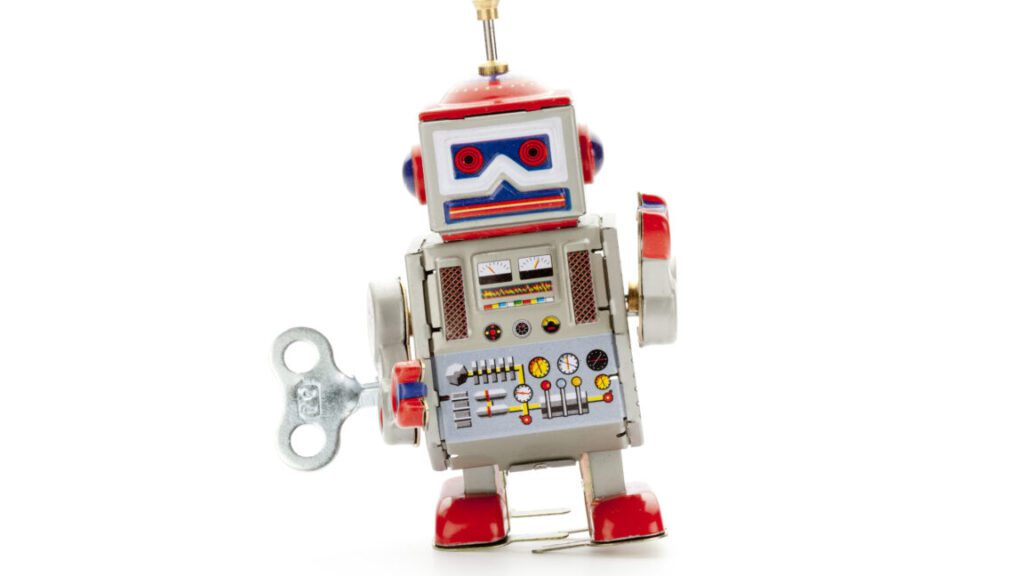Imagine an AI that can not only understand commands but also seamlessly connect language, movement, and vision. That’s exactly what a research team led by Vijayaraghavan recently achieved by designing an innovative robotic brain capable of processing simple language commands, like “move red right.”
The Brains Behind the Operation
The team employed a series of neural networks to bring their vision to life. The third neural net was focused on translating those commands into vectorized representations, which are essentially mathematical interpretations of language. Meanwhile, the fourth layer served as an associative network, predicting outcomes based on the previous three networks at each step. As Vijayaraghavan puts it, “When we do an action, we don’t always have to verbalize it, but we have this verbalization in our minds at some point.” This fascinating approach is designed to mimic human cognitive functions intelligently.
Teaching Compositions
Once the robot brain was really up and running, the team started to teach it various combinations of commands and movement sequences—albeit not every possible one. This selective teaching was integral to the project, ensuring that the AI could develop its own understanding rather than just mimicking pre-learned actions.
The Birth of Compositionality
A significant milestone in this journey came in 2016 when Brenden Lake, a professor in psychology and data science, published a game-changing paper outlining the essential competencies for machines to truly “think” like humans. One of these competencies is compositionality. This is the ability to break down complex tasks into reusable parts, which allows the AI to adapt its knowledge to new situations—similar to how children explode in their ability to communicate once they grasp the concept of combining words.
A Remarkable Leap Forward
The AI built by Vijayaraghavan’s team was designed with compositionality in mind, and it didn’t disappoint. The robot soon grasped how different commands and actions connected with each other. This understanding enabled it to generalize and perform commands it had never previously encountered. For instance, it could now recognize names of actions that weren’t part of its training set and execute them on various combinations of blocks it had never seen. Its intelligence evolved further as it began to articulate complex movements, like placing a blue block on top of a red one.
Why This Matters
The implications of this kind of AI are profound. By mastering compositionality, such systems can potentially revolutionize the way we interact with machines. Instead of just following rigid programming, AI could interpret and execute commands with a flexibility akin to human cognition—opening up countless possibilities across industries, from robotics to education.
As we embrace these breakthroughs in AI technology, we find ourselves on the cusp of a new era where machines and humans can collaborate more effectively than ever before. The AI Buzz Hub team is excited to see where these breakthroughs take us. Want to stay in the loop on all things AI? Subscribe to our newsletter or share this article with your fellow enthusiasts.




